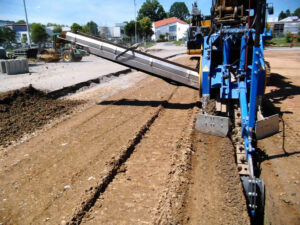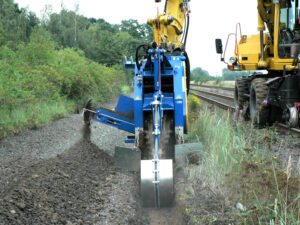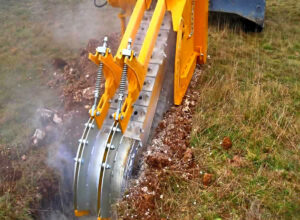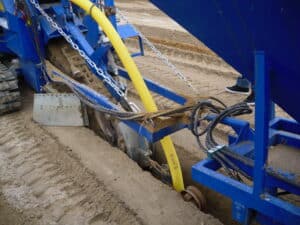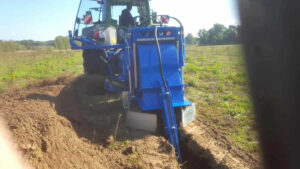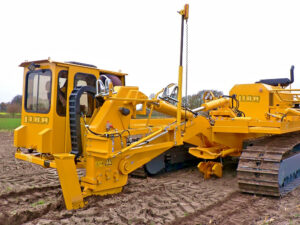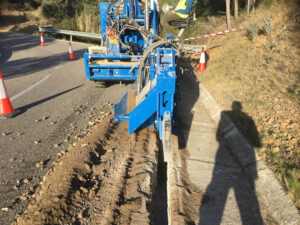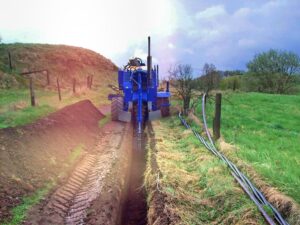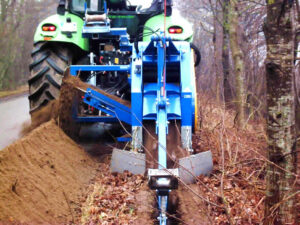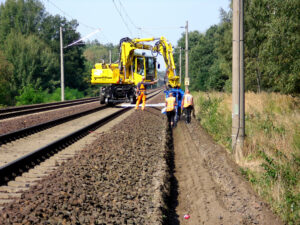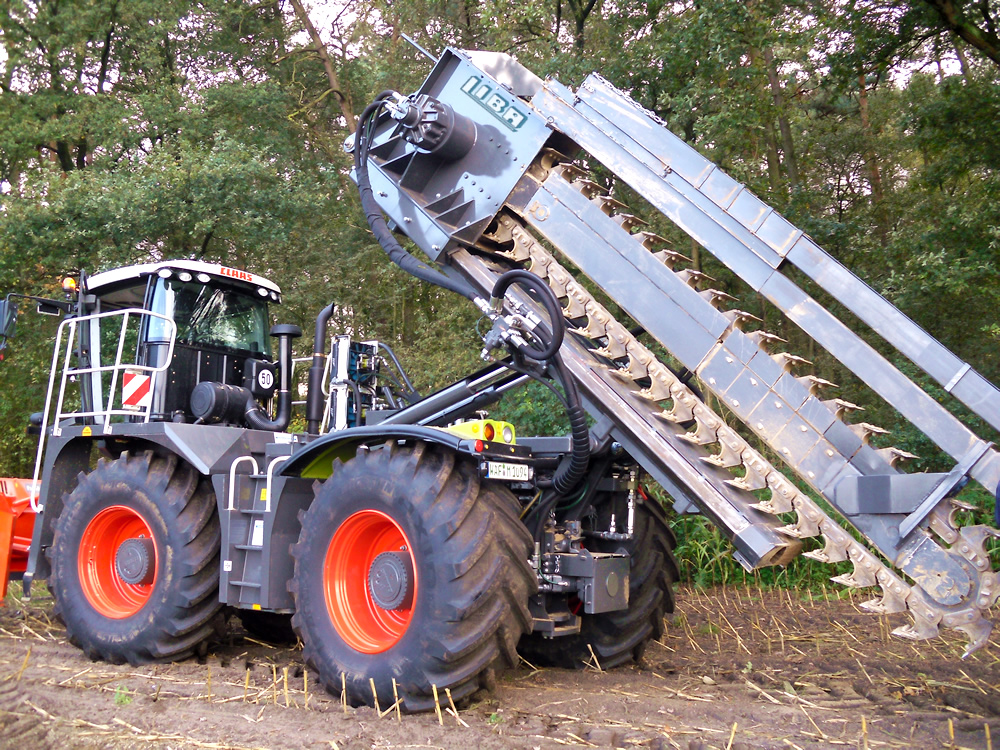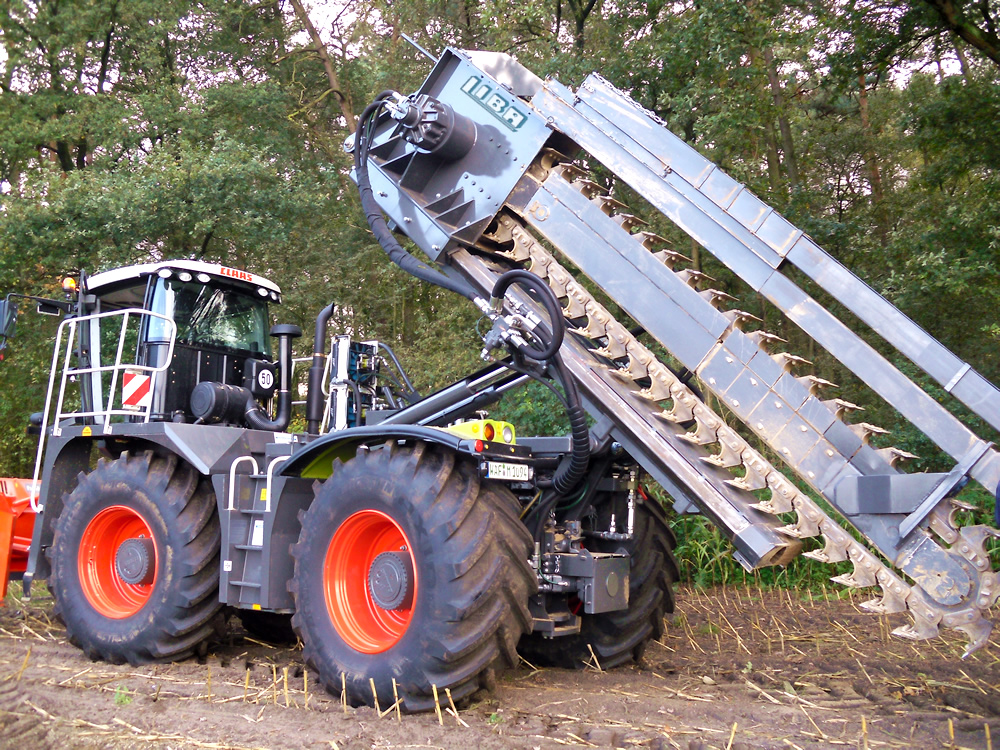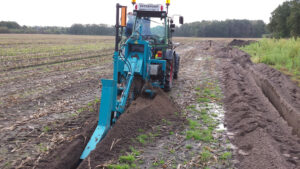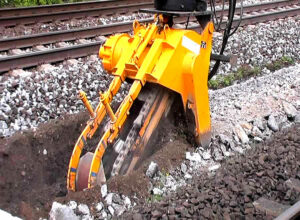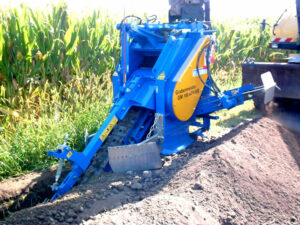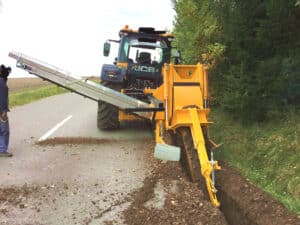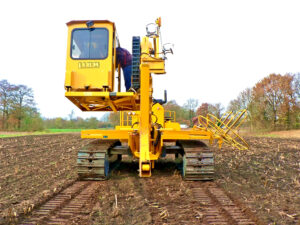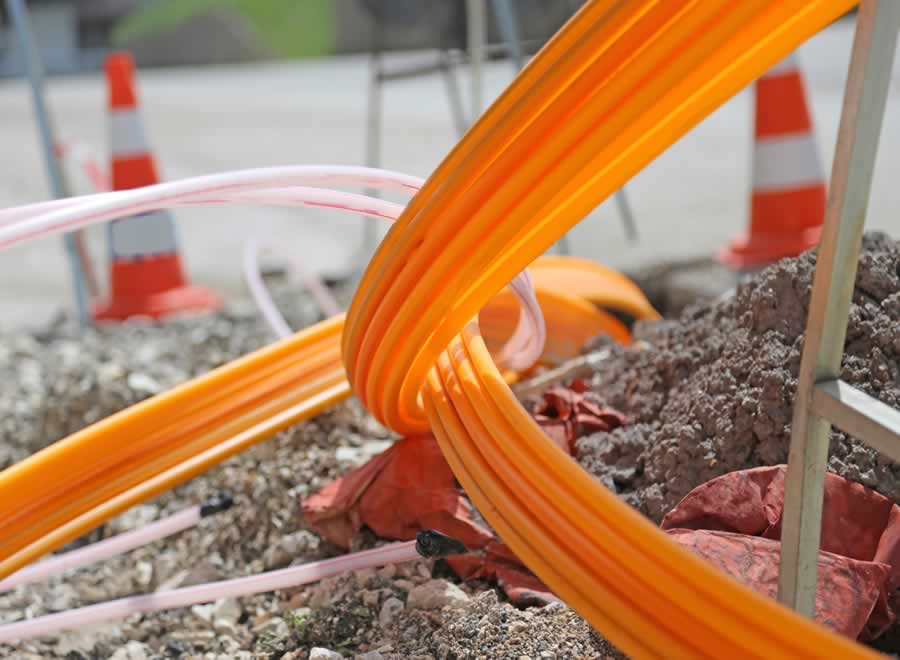
What is there to consider when laying cables? Tips for a successful installation
Cable laying plays a crucial role in creating reliable communication and power networks. It is important to consider some important aspects to ensure a successful installation. In this article, we will give you valuable tips on what to look for when laying cables to achieve optimal results and avoid potential problems.
-
Planning and preparation: Careful planning is the first step in cable laying. Determine the exact path you want the cable to take, taking into account obstacles such as buildings, trees, or other cables. Take measurements and make a sketch to accurately determine the route of the cable. Make sure you have all the necessary permits and information about underground utilities.
-
Choosing the right cable: Depending on the application, there are different types of cables, such as power cables, data cables or fiber optic cables. Make sure you select the right cable for the intended purpose. Consider factors such as performance, capacitance, attenuation, and environmental influences. Consult professionals, if necessary, to make the best choice.
-
Cable protection: During cable laying it is important to protect the cable adequately. Use protective covers, tubes or cable ducts to avoid mechanical damage, moisture or other environmental influences. Be careful not to bend or stretch the cable excessively, as this may affect performance.
-
Professional installation: Cable laying requires technical know-how and professional installation techniques. Make sure that the cable is correctly connected and grounded. Use high quality joining materials and comply with applicable standards and regulations. Secure the cable properly to prevent accidental movement or tensile stress.
-
Documentation and maintenance: Thorough documentation is important in cable installation to manage the cable network and facilitate future maintenance. Record information such as cable type, installation date, connection points, and measurements. Perform regular inspections and maintenance to detect and correct potential problems early.
Conclusion: There are many important aspects to consider when laying cables to ensure a successful installation. Careful planning, selection of the right cable, cable protection, proper installation, and documentation and regular maintenance are critical to a reliable network. Work with professionals and use high-quality materials to achieve optimal results. Follow these tips and make sure your cable routing runs smoothly and efficiently to ensure reliable communications and power.






